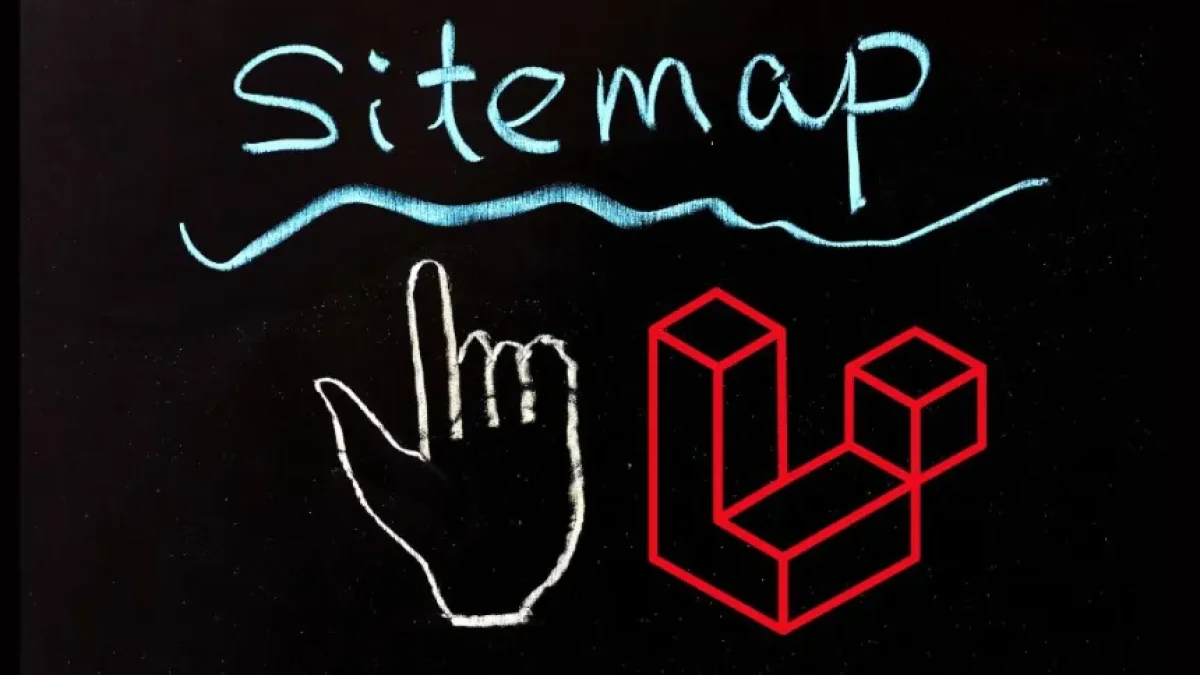Implementing Events Sent from the Server in Laravel


Events sent from the server, known as Server-Sent Events (SSE), are a powerful tool for sending real-time updates to clients from a server. In this article, we will explore how to implement SSE in Laravel, one of the most popular platforms for web development.
What are Server-Sent Events?
Server-sent events allow the server to send real-time information to users' browsers. Unlike other methodologies such as WebSockets, SSE uses standard HTTP connections, making it easier to implement in most projects without the need for complex adaptations.
Preparing the Environment in Laravel
To get started, you need to have a configured Laravel environment. Make sure you have a recent version of Laravel installed and that your database is set up correctly. It is recommended to use a server like Nginx or Apache to ensure that persistent connections are handled properly.
Creating the Route and Controller
First, you should define a route in your web.php file. This route will be responsible for handling requests to establish the SSE connection:
Read also
Route::get('/sse', 'SseController@stream');Then, you can create a controller called SseController:
php artisan make:controller SseController
In this controller, you will implement the stream method that will send the events:
public function stream()
{
header('Content-Type: text/event-stream');
header('Cache-Control: no-cache');
while (true) {
// Here you can implement the logic to generate dynamic data.
$data = json_encode(['message' => 'Hello world']);
echo "data: {$data}\n\n";
flush();
sleep(1); // Wait one second before sending the next message
}
}This method sets the appropriate headers for the event stream and sends a message every second.
Read also
Implementing the Client in JavaScript
Now that the server can send events, the next step is to implement the client that will receive them. Use the following JavaScript code in your view to connect to the server:
if (typeof(EventSource) !== "undefined") {
var source = new EventSource("/sse");
source.onmessage = function(event) {
console.log("New event received:", JSON.parse(event.data));
};
} else {
console.log("Your browser does not support server-sent events.");
}This code will establish a live connection with the /sse route and handle messages that come from the server.
Final Considerations
It is important to keep in mind that using server-sent events can increase the load on the server if not managed properly. It is recommended to implement some type of logic to efficiently handle multiple connections and avoid overloading the server.
Conclusion
Implementing Server-Sent Events in Laravel is a straightforward process that can provide great benefits to your application by offering real-time updates. With the steps and examples mentioned, you can now create your own persistent data streams.
If you would like to keep learning more about technology and web development, I invite you to visit my blog where I share news and tutorials that may interest you. Don't miss it!



















